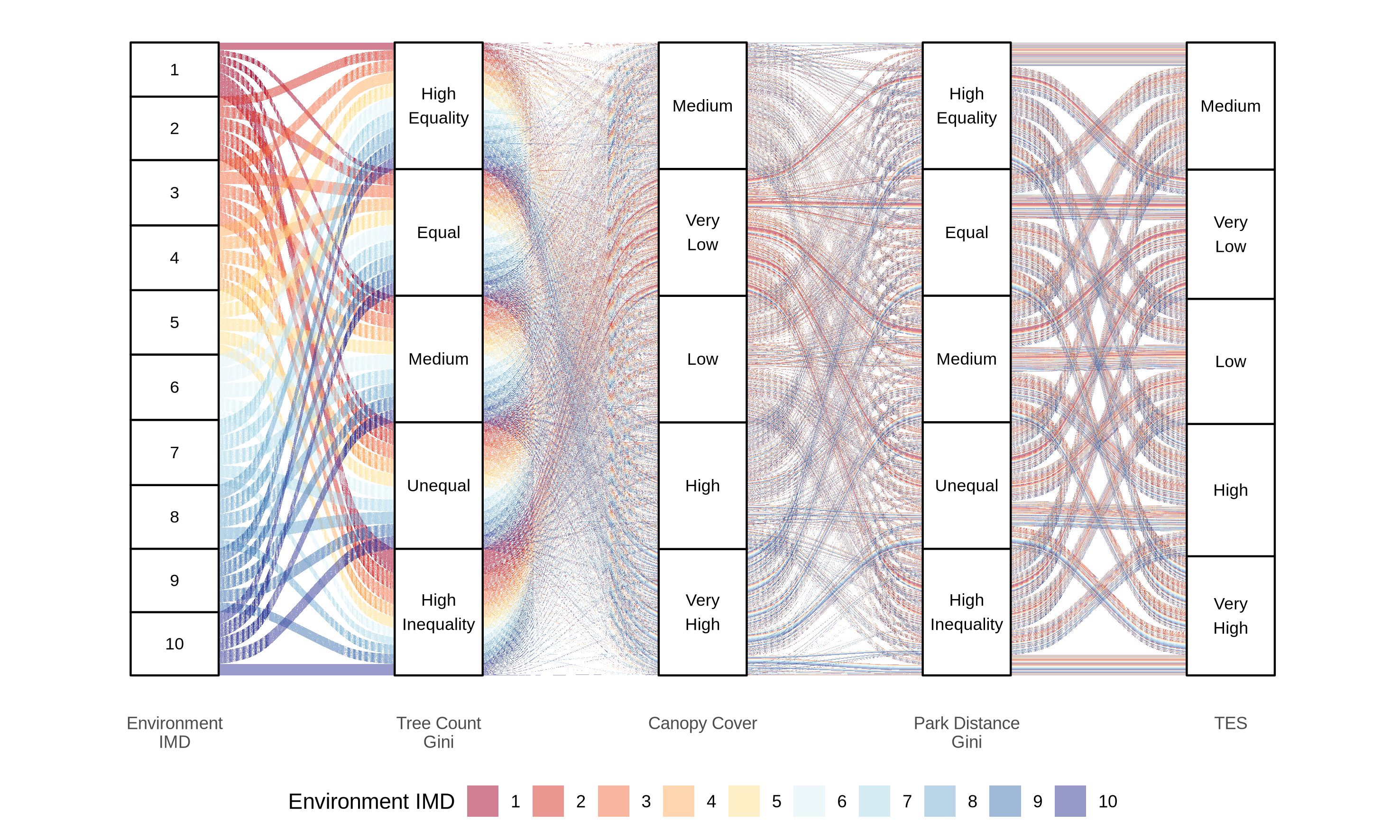2025-06-22 Weekly Notes
22 June 2025
After a one-week hiatus, my week started with the SDG meeting, where all Masters students presented their work. Was particularly impressed by Dr Haiman Raman’s talk and attempt at simulating interviews with people on psypchiatry facilities and the perception of a healthy space. Also, worth highlighting John Nguyen’s work on acoustic surfaces. Then, I attended the Centre for Human-Inspired Artificial Intelligence (CHIA) Meeting in Jesus College. The main event was Millie Chapman’s talk on her use of computational methods (particularly reinforcement learning), for decision making for biodiversity and climate. The talk was followed up by an interesting panel with her and other researchers inlcuding Anil. I attended a student-led session for AI4ER students on life during and after the PhD, where we also shared some interesting and very useful tools for productivity and accelerating the coding and writing processes. From this discussion, I decided to give Gemini a go for deep literature search, and I have to say that it’s by far the best tool I’ve used, even more than Perplexity, and the hallucination rate is quite low, since all the sources were actually real. And it’s also better for coding, so ChatGPT has been closed for my for the last couple of days.
Finally, I decided to rewrite and reformulate my introduction based on the funnel method presented in Barbara Gastel and Robert Day’s book on How to Write and Publish a Scientific Paper. I realised that my writing was more modular, whereas I needed a more structured an linear story going from the broader topic and then into more details. In addition, I’ve almost finished writing the results and made good progress with the discussion, for which I am comparing my results to other forms of green infrastructure evaluation in the UK. Notably, the Tree Equity Score, which provides some foundation to which I can compare my results (see plot below). I have to say this plot is not the best, because it doesn’t capture everything I want to show, so I might go for a different way of visualizing this in the manuscript. It essentially tries to show how different neighbourhoods in England fare in the different metrics, and I’m glad to say they are not the same, so there’s an interesting discussion with that, as my data may suggest other forms of green inequality.
